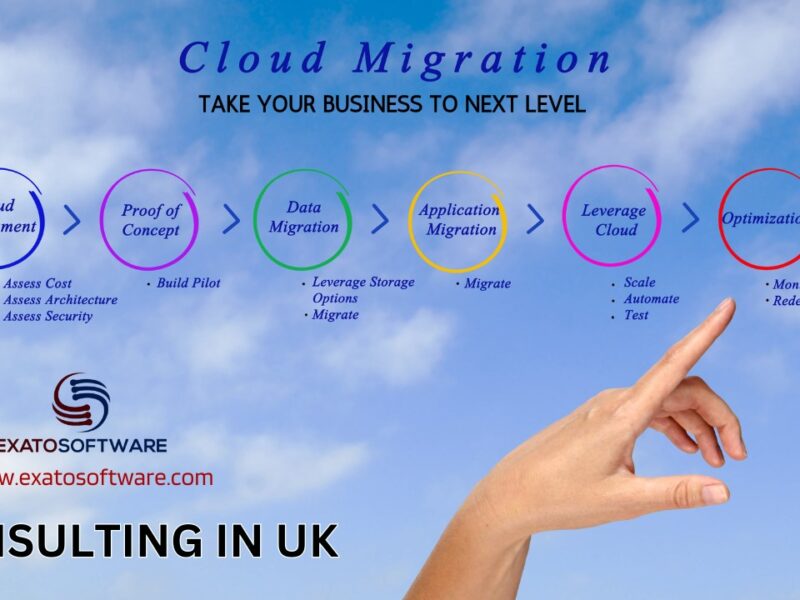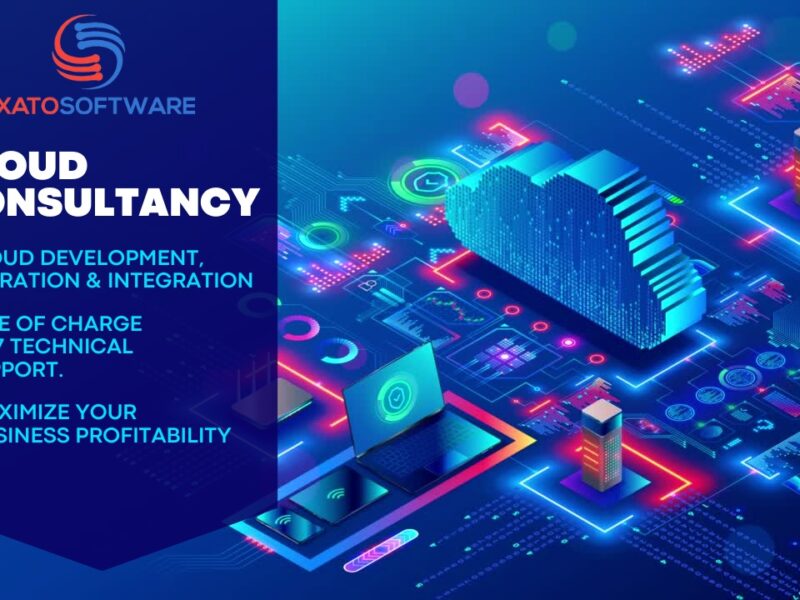These days it is out of question whether a company shall maintain its systems and business processes on-premises or in the cloud. The question is to use the ideal combination of on-premises and cloud-based apps for facilitating business-oriented outcomes. However, a business must have the right cloud integration technologies in place in order to successfully integrate its on-premise and cloud applications.
A cloud integration platform can be useful in this situation. Although the cloud opens up a world of opportunities, many businesses are discovering that integrating the cloud with their legacy software turns out to be far more challenging than they had imagined. It is encouraging to see that cloud integration services are developing. With specialist cloud integration platforms available with ‘as-a-service’ capabilities better solutions are available to address certain hybrid integration difficulties.
What is Cloud Integration?
Cloud integration is a method of integrating a variety of processes, applications, systems, data repositories, and other IT environments utilizing a variety of tools and technologies. Once there is connection the end user can access all of these components via internet or a network in real time through various devices.
AWS cloud integration can streamline and optimize processes within your company and with partners. Additionally, it enhances connectivity, accessibility, functionality, and visibility. Another important accomplishment is that it aids in resolving the problems brought on by data silos.
A data silo is when only one group of people (for instance, one department within a firm) has access to specific data. Poor system planning, rivalry between departments (such as your production team and salesforce), or even hostility between various employee groups may be to blame for this. Data silos can hinder the production and effectiveness of your company.
To prevent such data silo problems, custom cloud integration unites all of your information components. Having a method to connect all of these services is not only useful but essential to the way your organization runs, as more and more businesses combine XaaS with actual on-site tools and software.
What is a Cloud Integration Platform?
Understanding exactly what a cloud integration platform performs and what it is capable of will help you discover how to take advantage of the promise it delivers.
A cloud integration platform is a common word, for application, integration, and integration of middleware technology which is integration platform as a service (iPaaS) subcategory. A cloud integration provider, in general, provides an enterprise solution with features and functionality intended to facilitate integration between a company’s local data, files, and on-premise applications with cloud-hosted data and systems.
With integration settings modern cloud-based apps seamlessly connect to on-premise legacy settings. The firms may not be able to properly enable integration procedures without a proper connection in place. Proper connection is necessary to enable mission-critical business operations and generate business value. A cloud integration platform that enables process automation and integration, greatly simplifying the integration of corporate operations.
Software applications can connect with the aid of automation capabilities of a cloud integration platform regardless of the context. Additionally, cloud integration platforms offer a central portal for managing, controlling, and integrating cloud-based applications. These platforms use tools to link cloud applications and services and manage integration flow. A business may employ a cloud integration platform for a number of purposes, including scalability of performance requirements, product capability addition, and data security for partners (B2B/EDI) and application integration.
Differences between Cloud Integration Platforms and ESBs
As principles of cloud integration platforms are covered let us explore the enterprise service bus or ESB for short.
Basics of an ESB
An enterprise service bus (ESB) is essentially an architecture that consists of a collection of guidelines and guidelines for how to integrate various applications.
Although ESB may appear as old school or obsolete, it is still good for a few activities, such as building and aggregating services, and a lightweight ESB for embedded integrations. However, cloud integration solutions are significantly more adaptable and enable an organization to work much more effectively.
Cloud Integration Platform Categories
There are a few different categories under the integration platform as a service umbrella where differentiation matters. A cloud integration platform, in its most basic form, enables the integration of cloud-based applications with existing systems. In some highly specialized situations, it also offers integration capabilities for the Internet of Things, mobility, and ecosystem enablement.
Enterprise iPaaS
An EiPaaS solution is based on use cases focused on the enterprise. An EiPaaS solution is highly functional and adaptable and capable of performing a variety of activities. These solutions cover the entire gamut of integration personas and are centered on enterprise-grade capabilities. Midsize, large, and international corporations are the most likely types of companies to adopt EiPaaS.
Domain-Specific iPaaS
Domain-specific iPaaS solutions are exceptionally highly- productive. Although DSiPaaS technologies are adaptable as well, their focus is on specific locations, ecosystems, processes, and verticals. These platforms focus on persona and cater to highly niche markets and use cases.
How Industry Leaders Leverage Cloud Integration Platform Technologies
The market for cloud integration platforms is expanding quickly; in fact, the AIM area will experience dynamic growth as this sector of the market for application integration technologies will increase at a rate of slightly over 34% annually.
It, therefore, comes as no surprise that businesses are beginning to appreciate the advantages and seek to benefit in numerous ways.
B2B Data Exchanges
An organization can host its integration technology in the cloud rather than behind its firewall by using an iPaaS platform. This makes it possible for a corporation to acquire data more quickly than ever and enables seamless data management. Data availability at the appropriate time and location is essential.
Embedded Integration Offerings
Another cutting-edge kind of cloud integration that businesses can use is embedded integration technology. For their private cloud technology to communicate across organizational boundaries. Data migration and integration work smoothly between their services and customers. SaaS firms frequently struggle to find a means. Embedded integration capabilities provide a safe data gateway into a SaaS architecture. It integrates B2B tools and features that link customer systems. Quicker and more trustworthy information exchanges result in a far more fluid client engagement.
Collaboration
Being able to interact with a new partner or consumer right away is crucial. Since B2B ecosystems are growing more quickly than ever. In an ideal world, onboarding must take place quickly. However, using a cloud integration platform makes that more effective than before. Cloud integration platform allows you to connect to partners and customers easily and seamlessly. Regardless of the processes and systems, they are using. This saves valuable time and resources and provides a quicker time to value.
Configuration
Additionally, at some point when your partners or customers will need some kind of change in the solutions. When these occur your integration solutions need modifications. The best cloud integration platform gives you full control over your whole portfolio and allows instant adjustments.
Essential Elements of a Cloud Integration Platform
It’s crucial for an enterprise to strategically know what to look for. Make sure they get it when choosing a cloud integration platform. Many providers might jump on a new trendy buzzword. The core components of a cloud integration platform lie beyond the hype.
Endnote
It’s a big decision to decide how to proceed with your cloud integration. It takes time and careful study of numerous elements to determine what best meets your cloud-related demands. Additionally, never forget that technology changes rapidly. The option that works best for you today might not work as well for you in two years.



